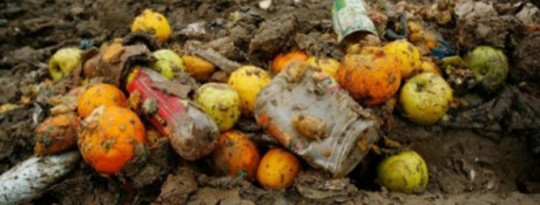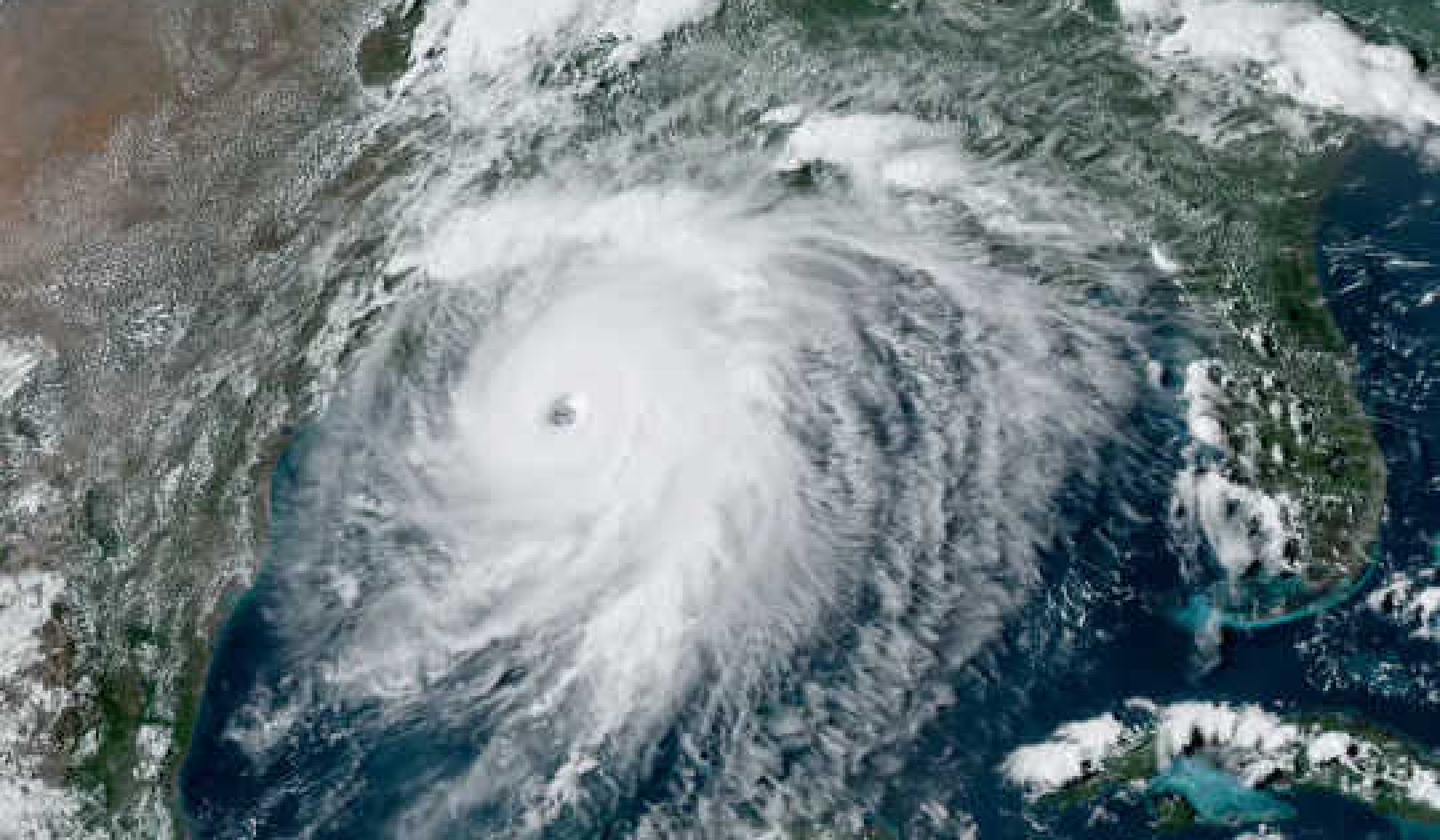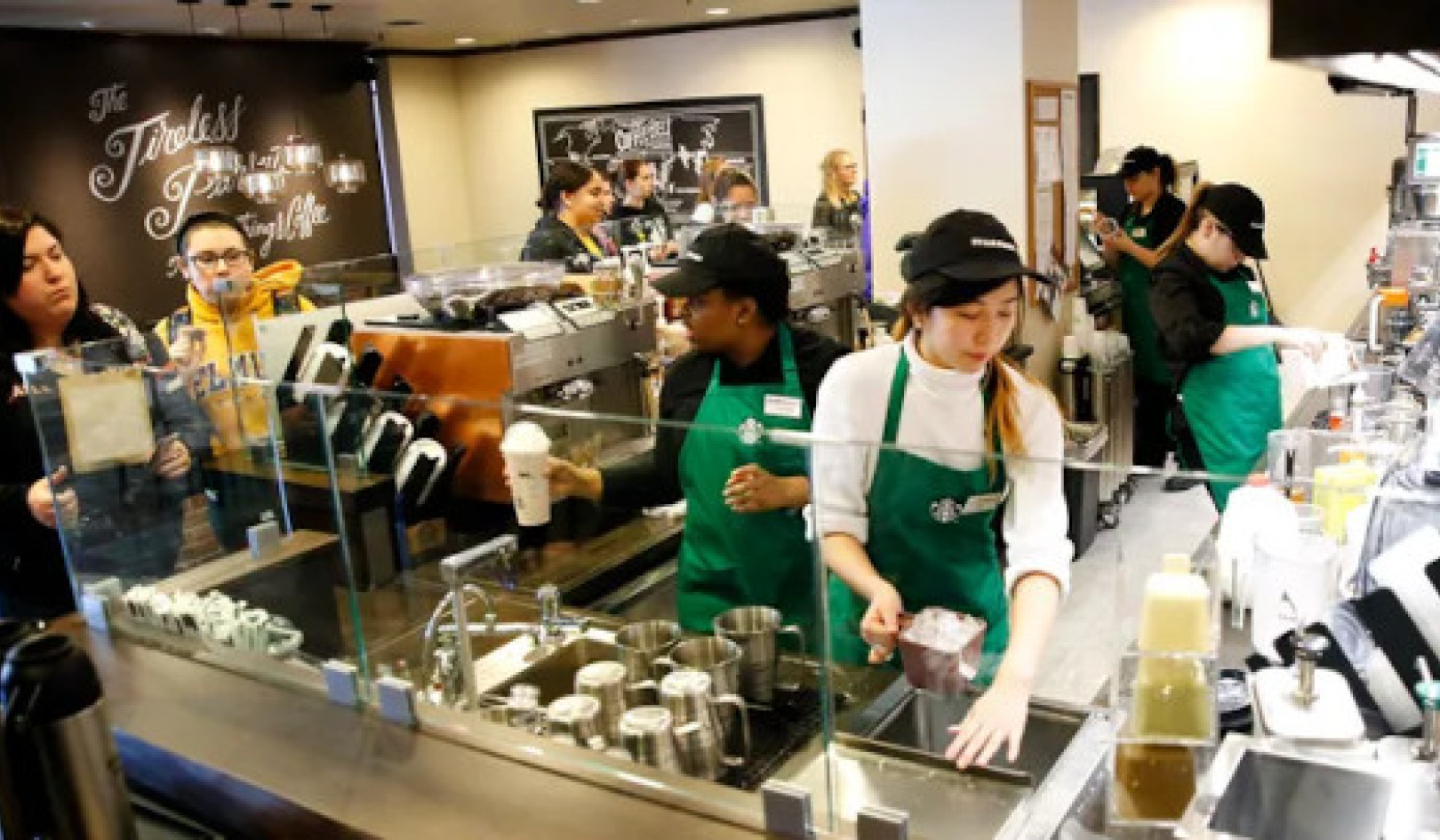
Massachusetts is banning businesses from dumping leftovers in landfills. So what’s the best alternative?
More than a third of the food produced in the United States winds up in the garbage—a problem that some states, particularly in New England, are trying to tackle for financial and environmental reasons. Massachusetts landfills will soon be off-limits to hospitals, large restaurants, and supermarkets looking to dump their uneaten food. As of October 1, establishments in the Bay State that generate more than a ton of food waste per week will be looking for other disposal options.
So what’s the best way to toss your (unwanted) cookies? This is one of the most bedeviling questions in waste management.
Composting
Composting is the most familiar choice. It is, in its most basic form, a simple process: Put the food scraps in a pile and wait for microbes to eat them. Anyone who has tried to compost the easy way, though, knows that there are some challenges. You have to keep the nitrogen and carbon in balance, which means adding wood chips, ashes, or leaves (so-called “browns,” in composting parlance) to the food scraps. You also have to keep the pile aerated. My first foray into composting ended after several months, leaving me with a stinky pile of still-pristine banana peels.
Screwing up the details has serious environmental implications, however, when you’re trying to compost more than kitchen scraps in a backyard bin. In the absence of adequate oxygen, the bacteria responsible for decomposing food waste emit methane and nitrous oxide—both powerful greenhouse gases. Even in the best of conditions, a compost pile has anaerobic pockets. If an industrial composting system isn’t managed properly, the greenhouse gas emissions become significant.
Anaerobic Digestion
Anaerobic digestion is currently en vogue in organic waste disposal. Think of it as a smarter, more managed form of composting. Bacteria still eat the food, but anaerobic digesters deliberately deprive the little buggers of oxygen so they’ll produce methane. I realize I just told you how terrible methane is, but anaerobic digesters burn the “biogas” before it enters the atmosphere. The resulting heat boils water, creating steam that turns a turbine to produce electricity. (No matter how high-tech an electricity system seems to get—including even nuclear power—it usually all comes down to the 130-year-old steam turbine.)
Anaerobic digestion has its own drawbacks. Food waste isn’t a uniform fuel like coal or natural gas, so the electricity output of a facility varies based on what you feed it. Low-energy foods might not justify the space and technology required to process them, or the energy required to haul the scraps to the facility. There’s also the question of what kind of energy the biogas replaces. Using garbage to displace solar and wind power, which are already low-carbon energy sources, isn’t beneficial. In addition, methane can escape the digester and enter the atmosphere if the gas-capture system doesn’t function optimally. And, in the end, you still have to do some composting. Even after bacteria break down the food waste in the digester, the sludgy leftovers have to decompose before they can fertilize fields.
Landfills
At this point, you might be wondering whether it would be better to dispose of food the old-fashioned way: by burying it in an enormous hole. Probably not. The most thorough analysis of this question came from North Carolina State civil engineers James Lewis and Morton Balaz in 2011. The pair researched the climate change potential, energy use, and pollution impacts of various food waste disposal options. Anaerobic digestion was the winner, clearly outperforming composting, but there are caveats. First, the analysis assumed that digesters would displace electricity in a grid that consisted of about three-quarters coal energy and one-quarter natural gas. Even a few years ago, that wasn’t an entirely fair representation of the energy composition of the national grid. Today, coal—the grid’s most carbon intensive source of power—is down to 39 percent of the national total.
The iffy power-mix assumption distorts the study’s finding that anaerobic digestion pollutes less than composting and landfills. Much of that advantage came from the replacement of coal-burning power plants, which are heavy emitters of carbon dioxide, mercury, sulfur dioxide, and particulate matter.
Even taking those concerns into account, anaerobic digestion would probably still have triumphed in the study. (The margin was large.) That’s great news for anaerobic digester operators, but unfortunately, their victory party couldn’t fill a small banquet hall. According to the American Biogas Council, there are currently only 250 biogas facilities generating electricity in the United States. (A few hundred digesters more simply flare off the methane, largely eliminating the environmental benefit of the process.) Anaerobic digestion is also expensive. A 2006 study suggested that building a digester can run into the tens of millions of dollars.
Here’s the good news: Although picking the most environmentally responsible food waste disposal method is full of variables and unknowns for restaurateurs and hospital administrators, the average consumer’s choice is simple. Compost food waste in your backyard, and use the fertilizer in your garden. The transportation savings—to the treatment facility, to the garden center, and then to a farm—more than compensate for the methane produced in your small compost pile. Just do your neighbors a favor and turn it every now and then.
This article originally appeared in OnEarth
 About the Author
About the Author
Brian Palmer covers daily environmental news for OnEarth. His science writing has appeared in Slate, The Washington Post, the New York Times, and many other publications. @PalmerBrian
InnerSelf Recommended book:
How to Change the World: Social Entrepreneurs and the Power of New Ideas, Updated Edition
by David Bornstein.
 Published in over twenty countries, How to Change the World has become the Bible for social entrepreneurship. It profiles men and women from around the world who have found innovative solutions to a wide variety of social and economic problems. Whether they work to deliver solar energy to Brazilian villagers, or improve access to college in the United States, social entrepreneurs offer pioneering solutions that change lives.
Published in over twenty countries, How to Change the World has become the Bible for social entrepreneurship. It profiles men and women from around the world who have found innovative solutions to a wide variety of social and economic problems. Whether they work to deliver solar energy to Brazilian villagers, or improve access to college in the United States, social entrepreneurs offer pioneering solutions that change lives.
Click here for more info and/or to order this book on Amazon.



























